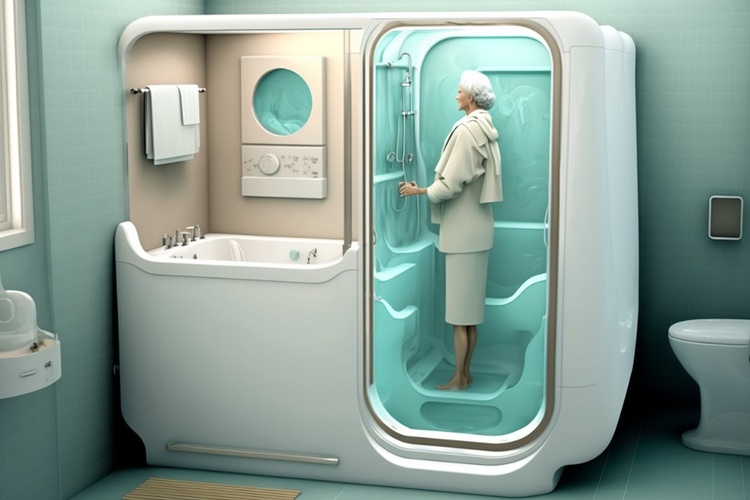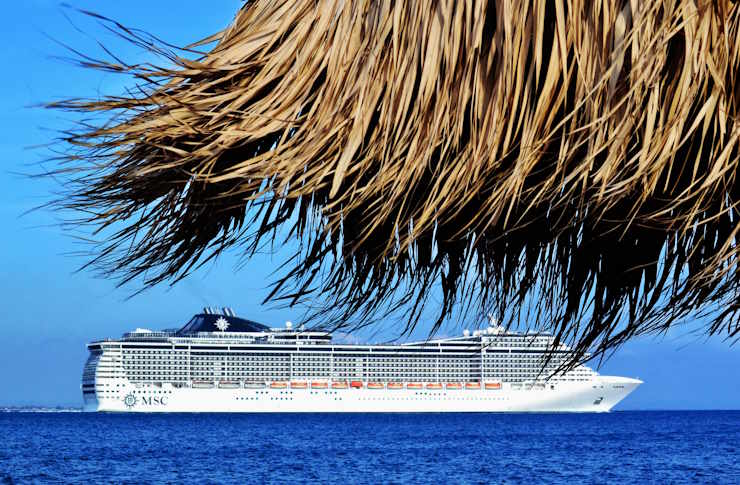Discover Mobility Aids Enhancing Senior Safety and Independence in the United States
Did you know that one in four seniors in the United States experiences a fall each year? Recognizing the risks and taking preventive measures is essential to reduce injuries, maintain independence, and promote overall safety in aging populations across the country.

Medical Alert Systems with Fall Detection: Leading the Way in Mobility Safety
Falls pose a critical safety risk for seniors, with approximately one in four older adults in the United States falling each year. Medical alert systems equipped with fall detection technology have become important mobility aids, providing timely assistance during fall incidents, which may help reduce injury severity and improve outcomes.
Medical Alert Systems Featured in 2025
- Medical GuardianMedical Guardian’s devices (MG Mini, MG Move, MG Mini Lite) offer fall detection features with response times averaging about 52 seconds and GPS capabilities accurate within a range up to 1,400 feet indoors and outdoors. These devices are designed for ease of installation and are suitable for seniors with dexterity challenges. Battery life ranges from one to five days. Pricing tends to be higher compared to some competitors.
- Bay Alarm MedicalBay Alarm Medical provides wearable options including SOS Micro Watches and SOS Smartwatches with touchscreens. Their fall detection response times average around 48 seconds. Customer support is available daily via phone, email, and chat.
- MobileHelpStarting at approximately $24.95 per month, MobileHelp offers clear pricing without surprise fees. Devices detect falls accurately in testing and include reliable GPS tracking. Some users noted initial setup challenges, which customer service addressed. Device straps adjust for user comfort.
- LifeFoneLifeFone’s devices provide battery life up to 10 days on select models. Monthly fall detection service fees start as low as $5, with no equipment charges. One model missed some test fall detections but generally offers cost-effective options with attentive monitoring.
- HandsFree HealthHandsFree Health devices (WellBe Pendant and Medical Alert Watch) demonstrate fast fall response times averaging 28 seconds and include features such as medication reminders, health tracking, and voice-activated virtual assistants. GPS recalibration times can be up to 10 minutes; aesthetics are practical rather than refined.
Important Features of Medical Alert Systems
- Fall Detection Accuracy: Essential for timely emergency alerts; devices generally detect most simulated falls during testing.
- GPS Tracking: Helps emergency responders locate users outdoors accurately.
- Two-Way Communication: Enables contact between seniors and monitoring centers.
- Ease of Setup: Important for users with varying physical abilities.
- Battery Life: Longer durations reduce the need for frequent charging.
- Additional Features: Such as medication reminders and virtual assistants can support wellbeing.
Financial Considerations
- Monthly service fees typically range between $20 and $50.
- Fall detection services generally incur additional charges between $5 and $11 per month.
- Equipment and activation fees vary, commonly from $100 to $300.
- Coverage options differ; Medicare Parts A and B usually do not cover these devices, but some Medicare Advantage plans, Medicaid, Veterans benefits, FSAs, and HSAs might offer support.
- Seasonal discounts and payment plans may be available.
Traditional Mobility Aids and Their Role in 2025
In addition to technology-enhanced devices, many seniors continue to use traditional mobility aids tailored to their needs and environments, providing stability, balance, and support.
Indoor Mobility Aids
- Walkers and Rollators: Offer stability and are suitable for moderate assistance.
- Canes: Provide light support and alleviate joint strain.
- Grab Bars and Safety Rails: Installed to prevent falls in critical areas.
- Bathroom Safety Products: Such as shower chairs and raised toilet seats enhance safety where falls are more common.
Outdoor Mobility Aids
- Mobility Scooters: Available in various wheel configurations with adjustable controls, facilitating longer-distance outdoor travel.
- Outdoor Walkers: Designed for stability on uneven surfaces.
All-Terrain Mobility Devices
Devices equipped with robust tires, suspension, and ergonomic seating allow for mobility on rough terrain, including specialized wheelchairs, rollators, and scooters.
Portable Mobility Devices
Compact folding canes, rollators, and collapsible wheelchairs provide convenience for travel and transportation without compromising support.
The Integration of Technology in Mobility Aids
Enhancements in technology have brought combined safety, health management, and connectivity features to mobility aids in 2025:
- Fall Detection and Alert Systems: Using advanced sensors and algorithms to improve accuracy and reduce false alarms.
- Health Monitoring: Integration with apps for medication adherence and vital tracking.
- Voice-Activated Assistants: Help reduce social isolation and provide assistance.
- Customizable Sensitivity Settings: Allow personalization of fall detection parameters.
- Device Design: Increasing focus on comfort and aesthetics to support consistent use.
Factors to Consider When Choosing Mobility Aids
Seniors and caregivers should evaluate:
- Support Level Needed: From light to full assistance.
- Environment: Whether indoor, outdoor, mixed, or all-terrain.
- Usability: Including setup and wearability.
- Safety Features: Such as fall detection and emergency response speed.
- Portability: For transportation between locations.
- Costs and Insurance: Service fees and potential reimbursements.
- Professional Guidance: Consultation with healthcare providers to ensure appropriate device choice.
Modern mobility aids in the United States in 2025 encompass both traditional support devices and technology-enhanced systems, offering seniors options to enhance safety and independence. Medical alert systems with fall detection play a significant role in providing emergency assistance, while traditional mobility aids continue to support daily movement needs. By carefully considering individual requirements, features, and financial aspects, seniors and their families can select aids that contribute to improved quality of life and confidence in mobility.
Sources
- NCOA - Best Medical Alert Systems with Fall Detection
- Rosewood Nursing - Best Mobility Devices for Seniors in Every Environment (March 31, 2025)
- Hawthorne SC - Best Mobility Products for Senior Citizens Guide (Feb 10, 2025)
Disclaimer: All content, including text, graphics, images and information, contained on or available through this web site is for general information purposes only. The information and materials contained in these pages and the terms, conditions and descriptions that appear, are subject to change without notice.



